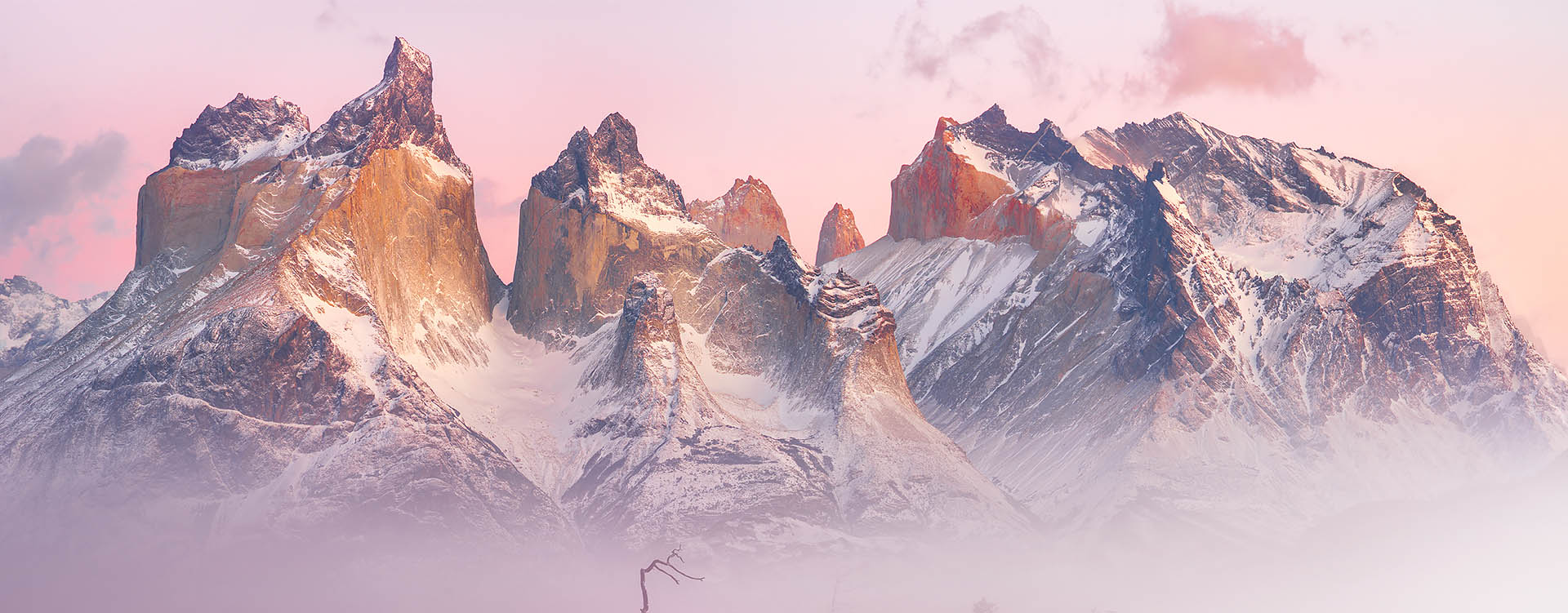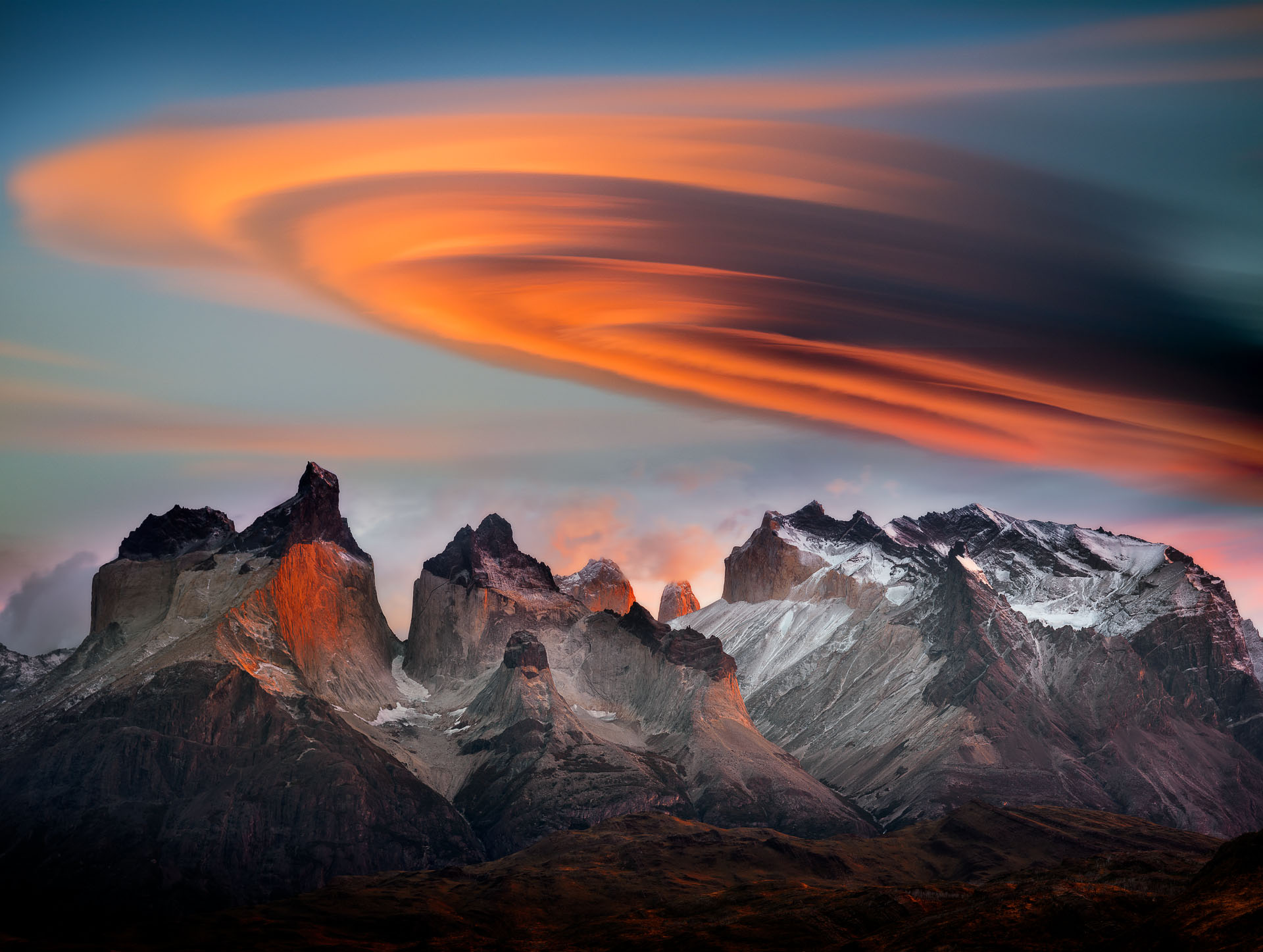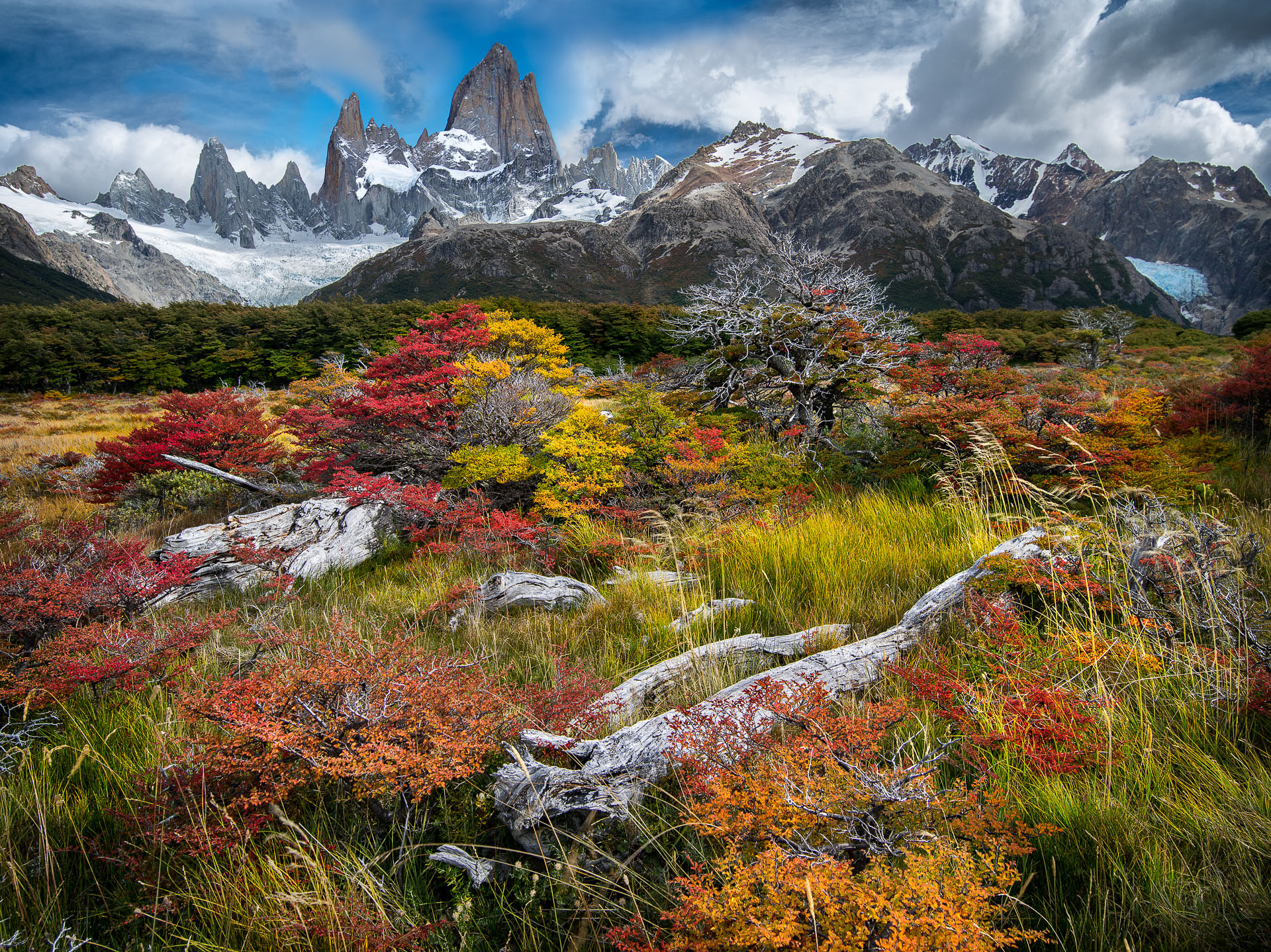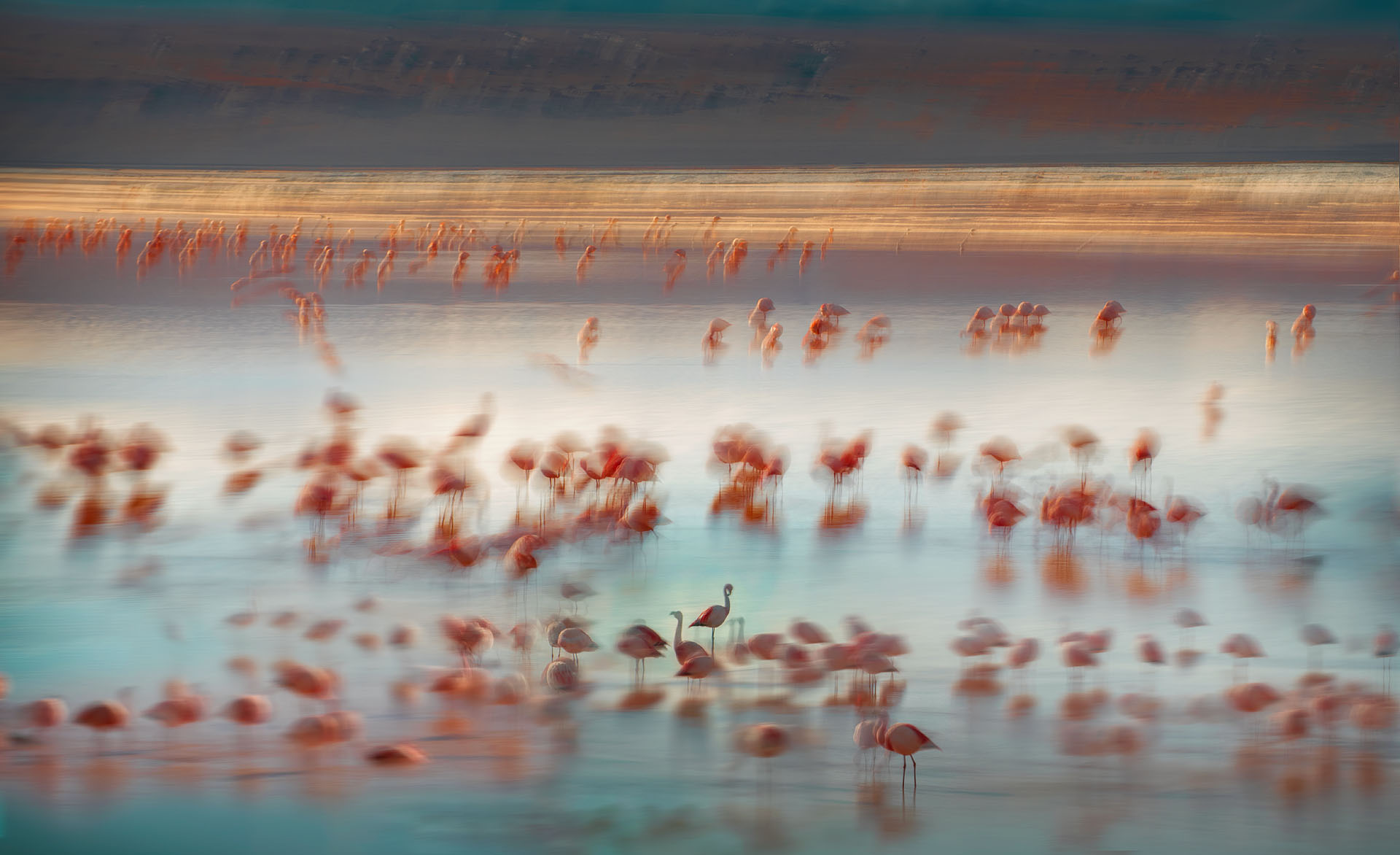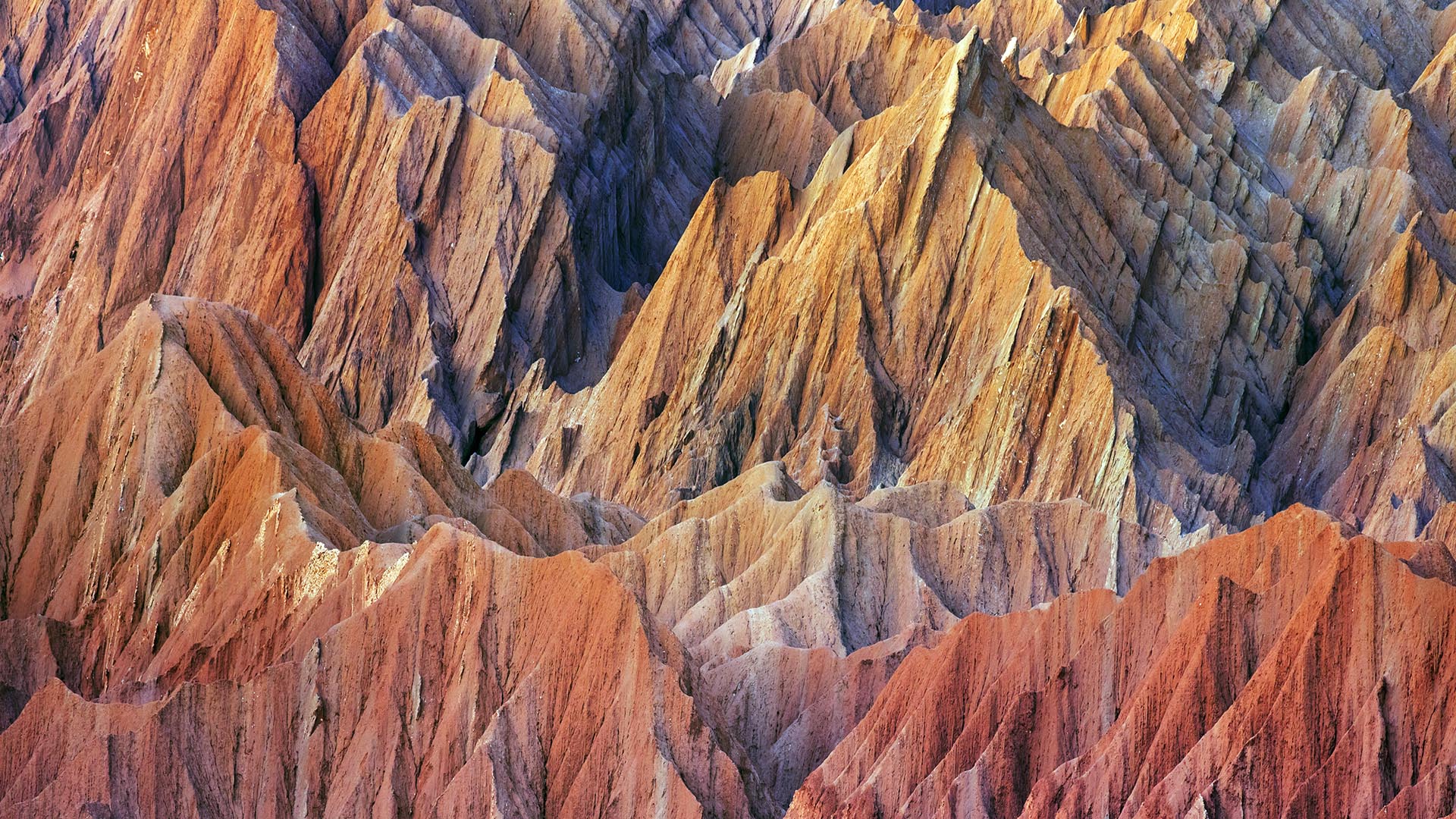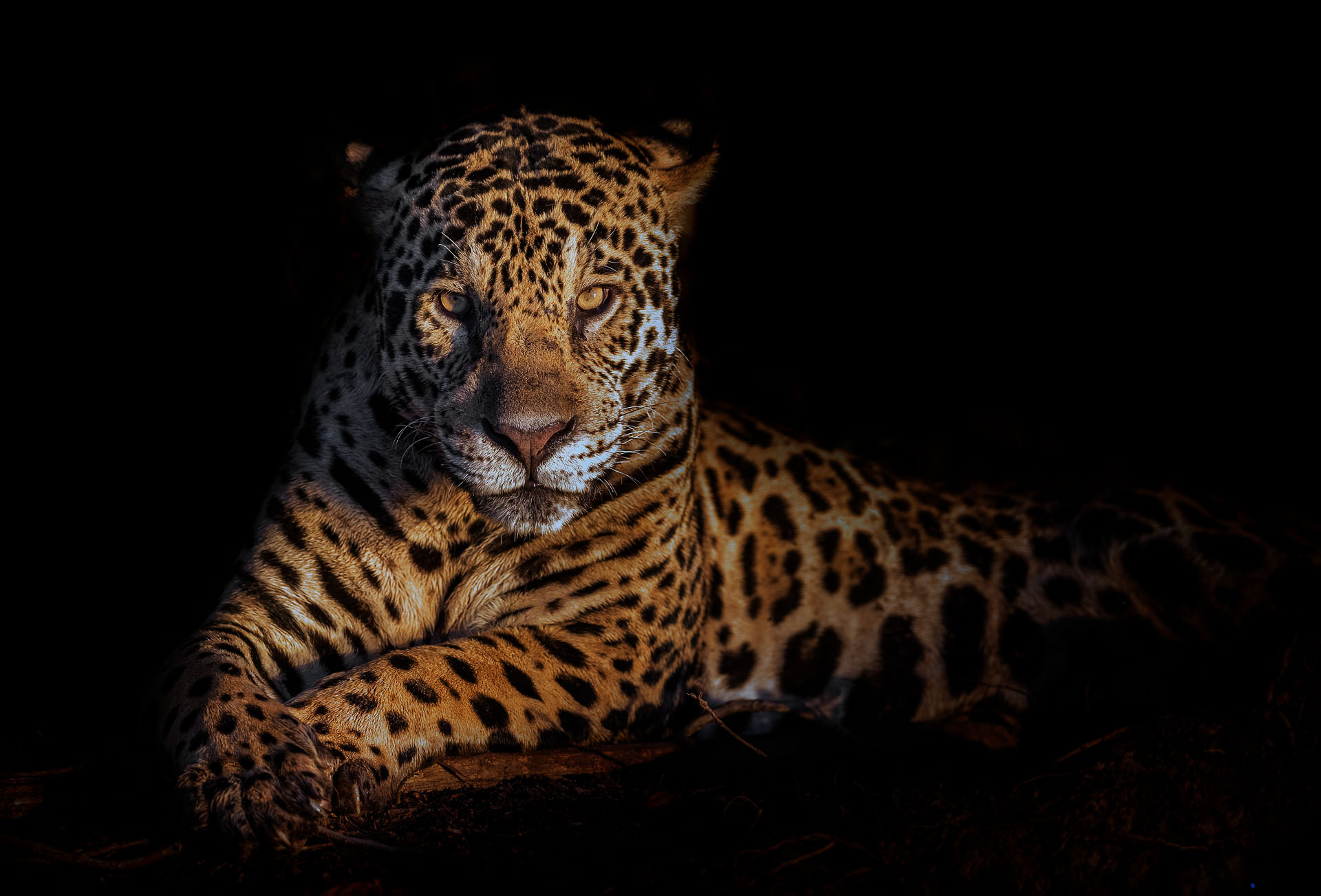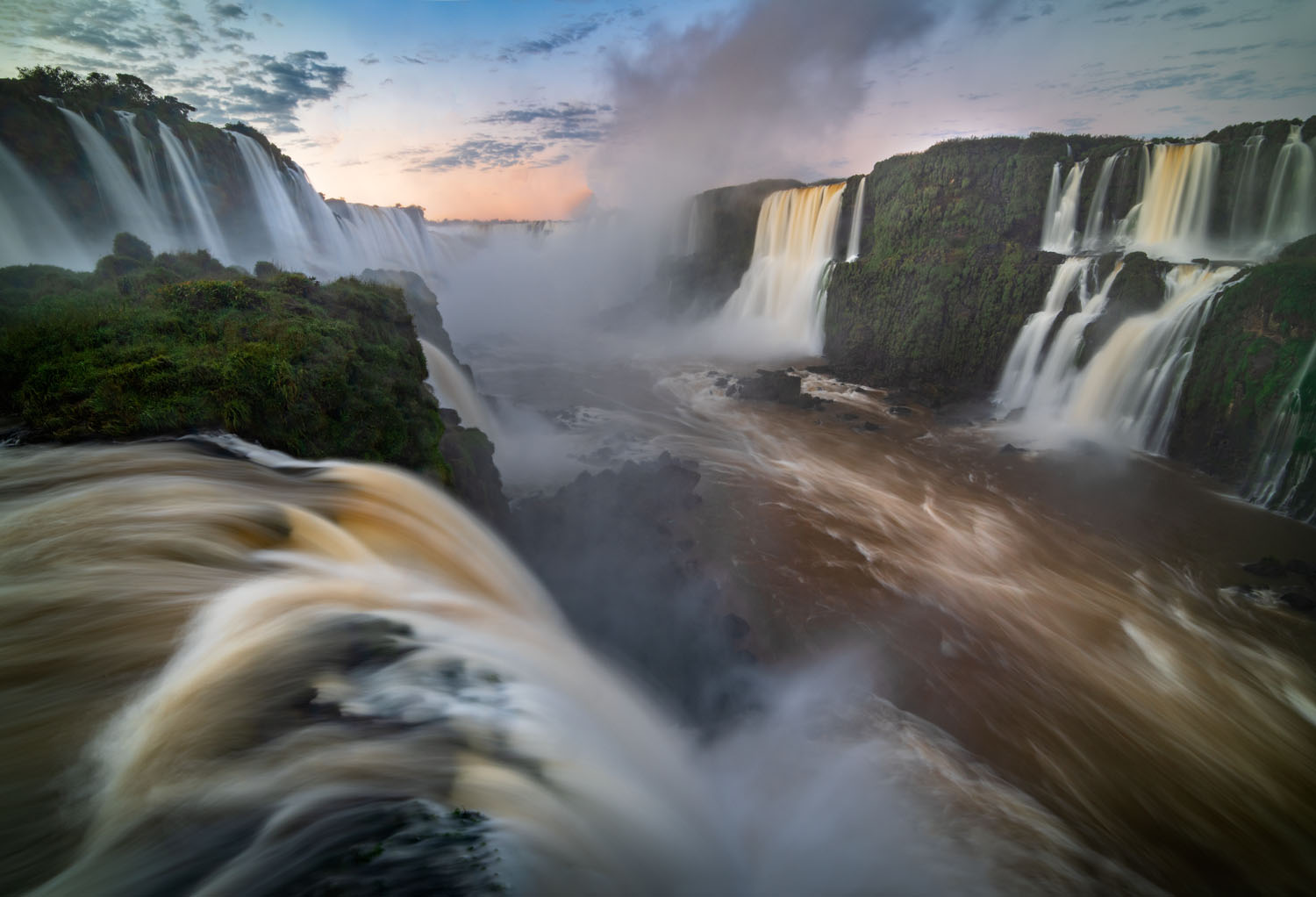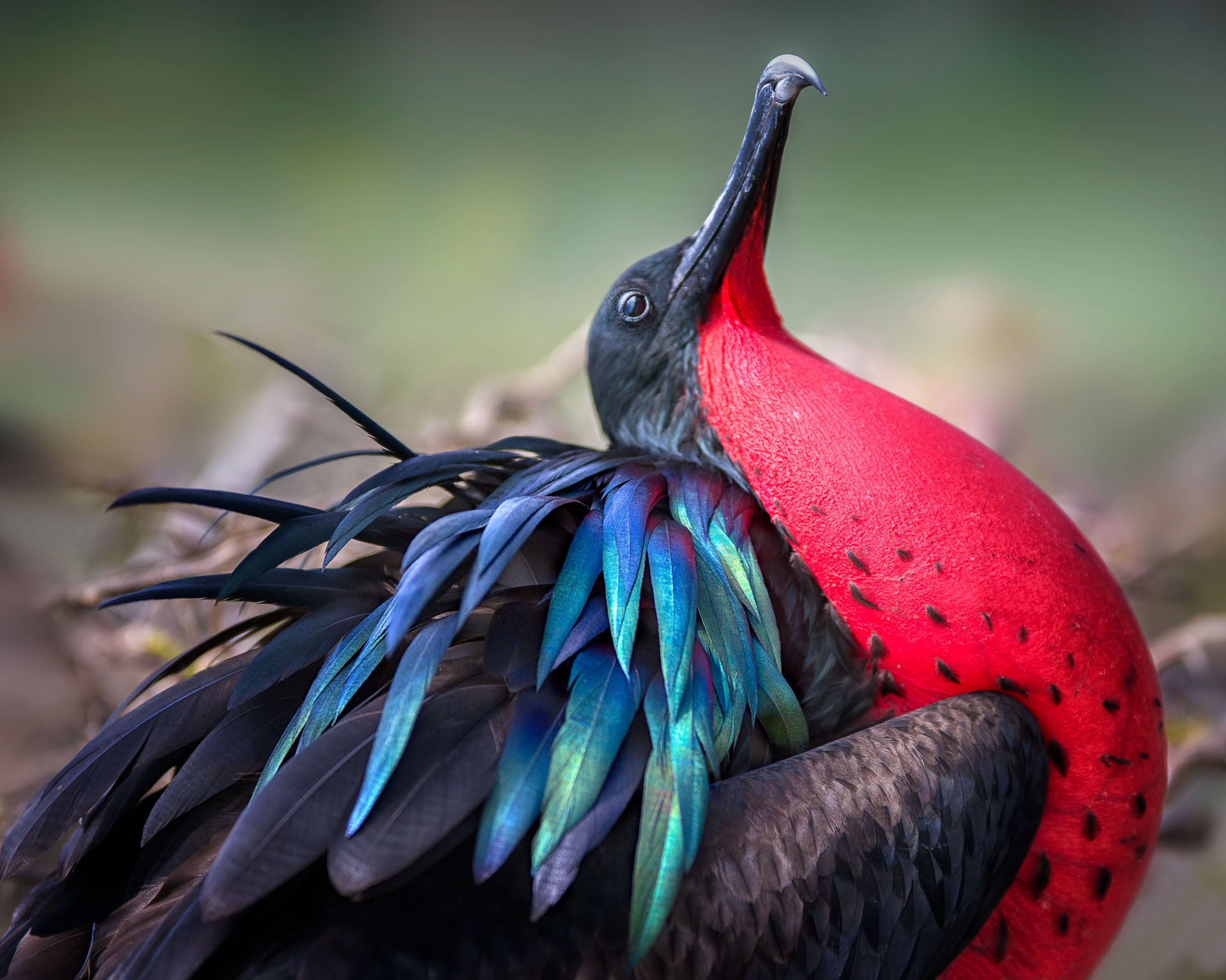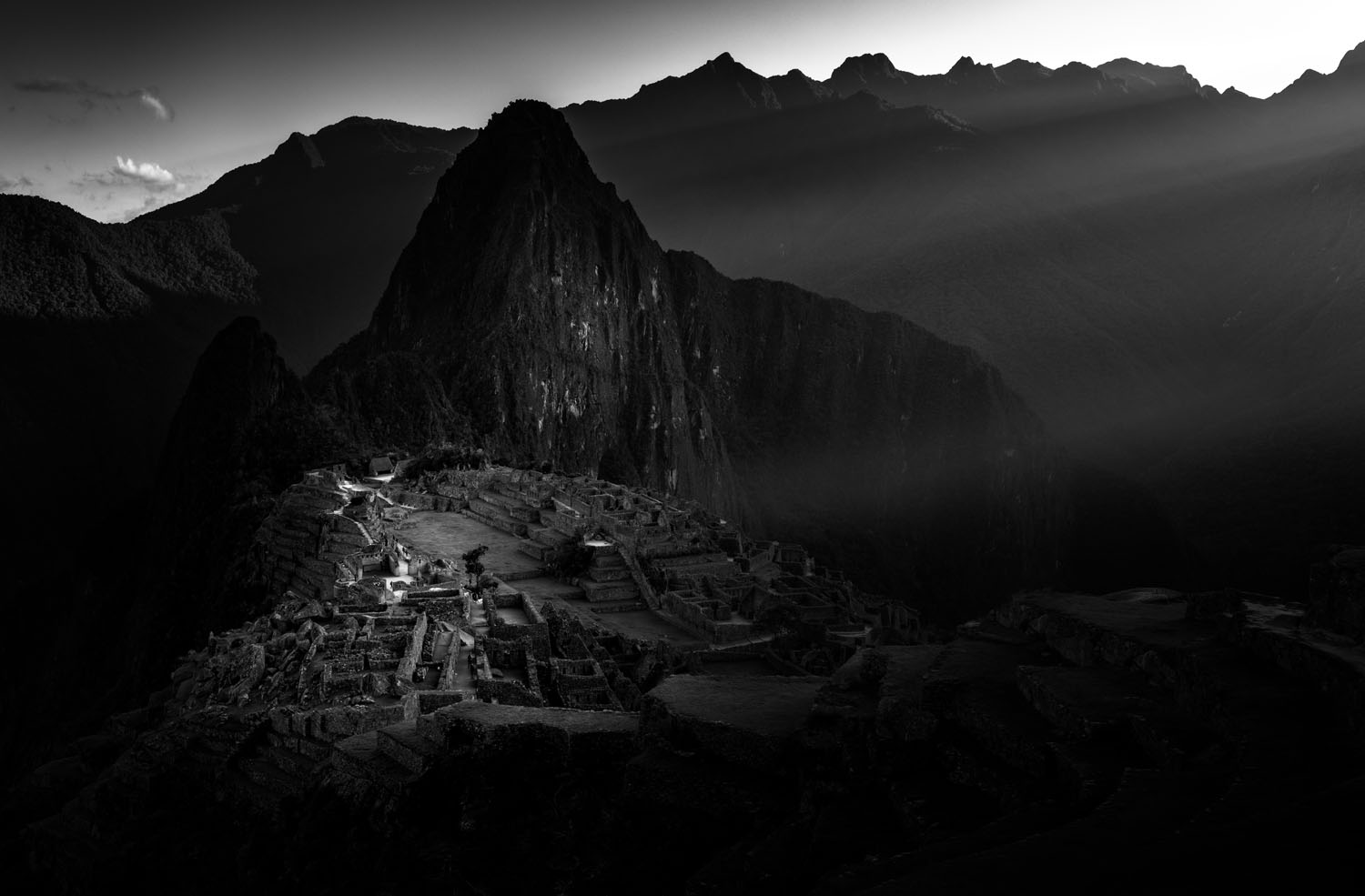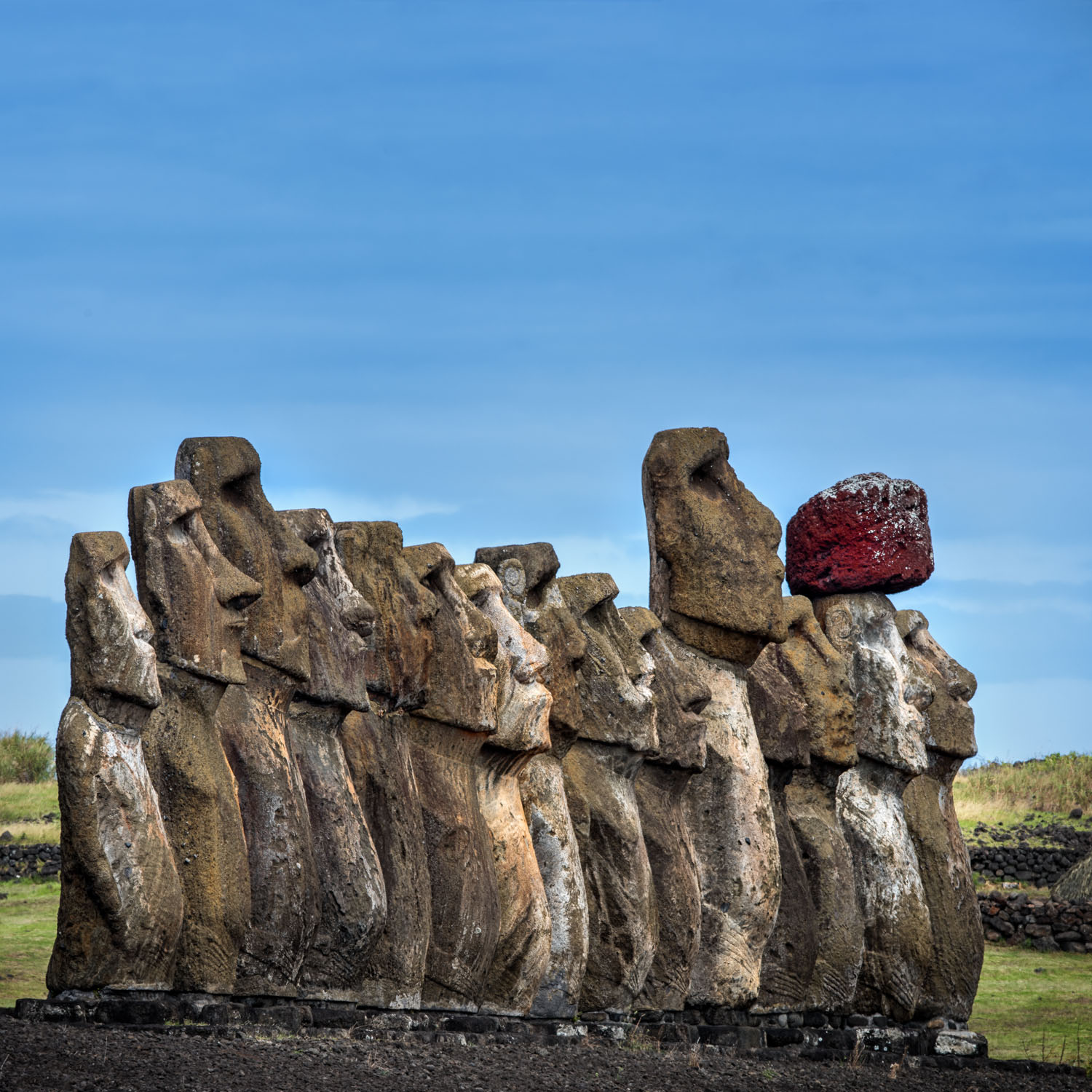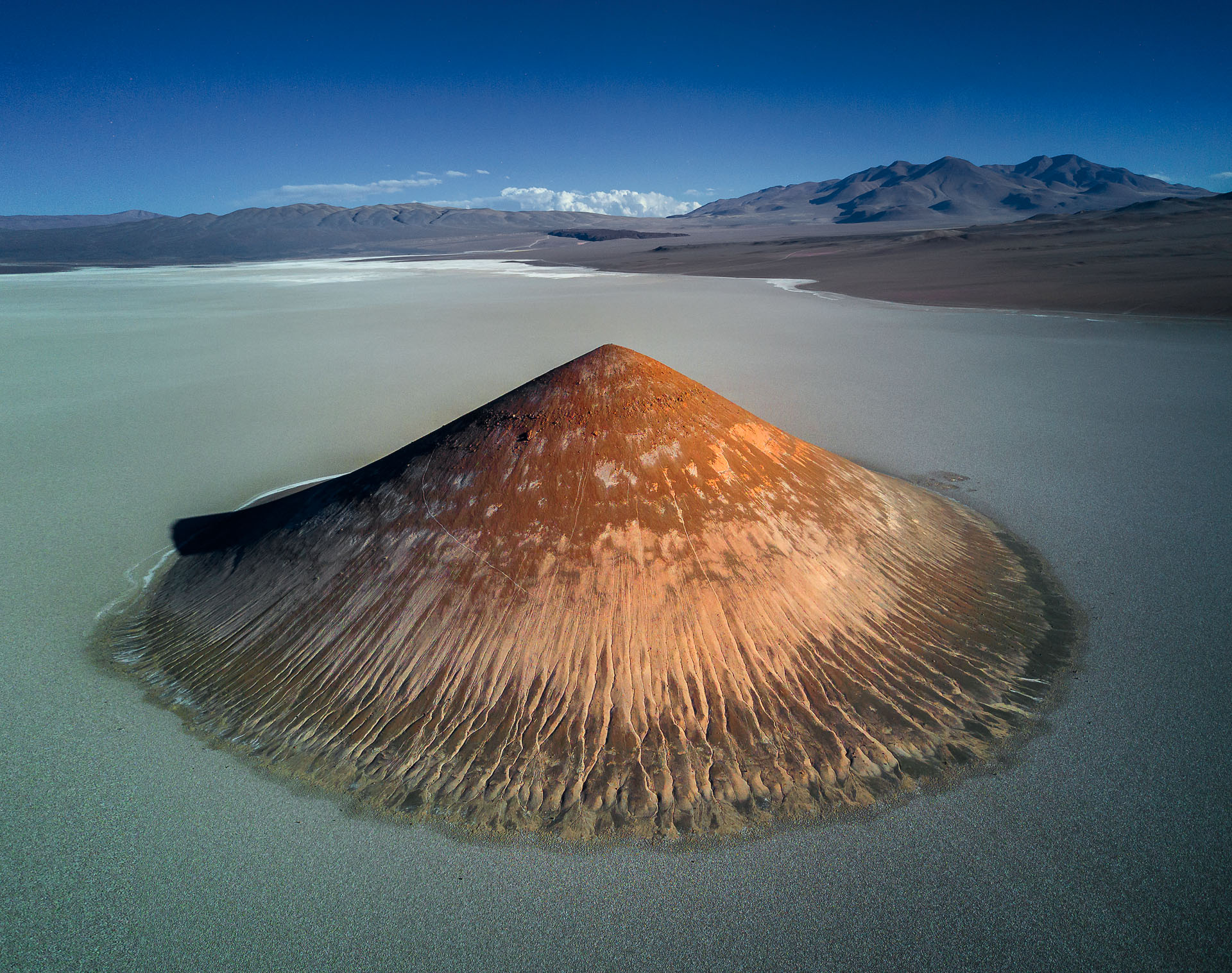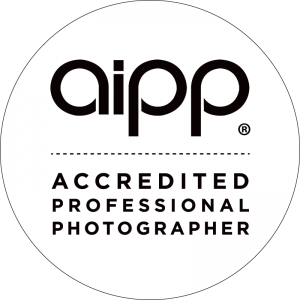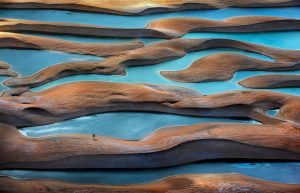South America is one of the world’s most popular photographic destinations and for good reason. It is very close to my heart not only for its rich Latino language and culture, but even more so for its truly incredible landscapes and stunning wildlife.
South America is a huge continent and whilst I haven’t travelled to absolutely every corner, I have explored many of its more spectacular areas. Where should a travel/nature photographer go for the best opportunities?
Here are my top picks:
-
Torres del Paine, Patagonia, Chile
-
Glaciers National Park and Perito Moreno, Patagonia, Argentina
-
Laguna Colorada / Altiplano and Salar de Uyuni, Bolivia
-
Atacama Desert, Chile
-
Lençóis Maranhenses, Brazil
-
Pantanal, Brazil
-
Amazon, Brazil
-
Iguazu Falls, Argentina/Brazil
-
Galapagos, Ecuador
-
Machu Picchu and the Andes, Peru
-
Easter Island, Chile
-
Puna, Argentina
1. Torres del Paine, Patagonia, Chile
This park is holds a special place for me as it is the first place I visited in South America and also the first location I ran a photography workshop.
Torres del Paine National Park is a truly stunning part of southern Patagonia. There are several very iconic and recognisable features in the park. One of them of course is the three dramatic granite peaks that give the park its name and the other major one is the Paine Horns, which are equally amazing. Visitors will find a breathtaking landscape surrounding the peaks populated by dramatic waterfalls, pristine lakes and a beautifully colourful forest, particularly in Autumn. It is also not uncommon to spot guanacos, pumas and condors.
2. Glaciers National Park and Perito Moreno, Patagonia, Argentina
To witness this glacier up close is a genuinely jaw-dropping experience. Unlike many of the world’s glaciers the stunning Perito Moreno Glacier(located in Patagonian Argentina’s Los Glaciares National Park) is actually growing. Visitors can witness parts of the glacier calving live from the observation decks. For a more hands on experience, adventurous photographers can actually hike across Perito Moreno during its more stable autumn and winter months or take a boat to get closer to its face.
3. Laguna Colorada / Altiplano and Salar de Uyuni, Bolivia
Salar de Uyuni is the world’s largest salt flat and one of South America’s most surreal landscapes. It’s one of the closest experiences you can have to being on another planet. During the rainy season, a layer of water covers much of its surface creating a mirror-like effect where its hard to tell where the land ends and the sky begins. This creates illusions of infinity and provides for an amazing array of unique photography opportunities, particularly if you are into minimalism. A trip into the middle of Salar to Isla Incahuasi (Fisher Island) is well worth the effort with its giant cacti and rich hiking trails.
In contrast, during the dry season an endless sheet of hexagonal tiles (created by the crystalline nature of the salt crystals) can be found stretching to the horizon, which has its own unique beauty.
The seasonal differences are so apparent its well worth visiting twice to experience both the wet and dry seasons.
Also, worth traveling to are the nearby Laguna Colorado and Laguna Verde in the Altiplano. Located close to the Salar de Uyuni, Laguna Colorada is a shallow salt lake that contains sediments and algal pigmentation that cause the waters of the lake to be a rich red. Up to three species of flamingo are present at this beautiful lake, often in the thousands. Laguna Verde is a blue-green salt lake also well worth visiting, which is found at the foot of the volcano Licancabur.
The air quality up here is incredible and this lends wonderfully towards great astro-photography opportunities.
Traveling in Bolivia can be difficult on your own and I recommend joining a photography tour to be able to fully experience this country and access the greatest shooting opportunities.
4. Atacama Desert, Chile
The Atacama Desert is one of the driest regions on the whole planet – there are even some particularly arid stretches where rainfall has never been recorded. Much of the Atacama Desert resembles planet Mars – and not just the looks but the conditions as well. Water is extremely scarce and much of the desert is inhospitable – not even bacteria can survive in some areas! For this reason, NASA actually uses the Atacama Desert to prepare missions to Mars…
The Atacama Desert is without a doubt one of the most stunning regions I have ever been to, anywhere in the world. It is the driest and the oldest desert on earth and has experienced extreme hyper-aridity for at least 3 million years, making it the oldest continuously arid region on earth.
These breathtaking desert landscapes are the result of centuries of winds and floods on the sand and stone of the region. In the Atacama, the large sand dunes of Valle de la Luna and the nearby stone formations mimic the surface of the moon, giving the region its name which translates to “Valley of the Moon”. The unique colour of the landscape, caused by the particular way these salt formations reflect the sunlight, gives the Valle de la Luna a constantly changing spectrum of bright blue, green, yellow and red colouring.
The Tatio Geysers, Rainbow valley, Laguana Cejar, Chaxa Lagoon, Piedras Rojas, Salar de Tara and Licancabur are just some of its highlights. There are so many!
5. Lençóis Maranhenses, Brazil
A beautiful national park located in in north-eastern Brazil, Lençóis Maranhenses is composed of a series of large, white, undulating sand dunes. Although by appearances it presents to be a desert, it is far from it being subjected to a regular rainy season in part due due to it’s proximity just outside the Amazon basin. The beautiful lagoons it is known for are at their fullest between June and September.
One of the most beautiful ways to experience this place is taking a plane and capturing the immense dunes from an aerial perspective. Within the park, there is also a river called “Rio Negro” or Black River that has fantastic shapes and textures. If you are excited by aerial photography at all, then this place is a complete gold mine of potential compositions.
6. Pantanal, Brazil and Pampas in Bolivia
Primarily located in Brazil, the Pantanal is a natural region encompassing the world’s largest tropical wetlands and houses a truly astonishing level of biodiversity within its 170,000 square kilometres. Equality impressive is the Pampas in Bolivia. Here you will you will encounter a huge population density of crocodiles, caimans, and “birds of paradise”, although it can be a more difficult and special experience to catch a glimpse of the elusive jaguar.
The Pantanal and the Pampas regions are home to over 1,000 bird species, 300 types of mammal and nearly 500 reptiles.
7. Amazon, Brazil, Bolivia, Peru, Colombia
The mighty Amazon rainforest spans many of South America’s countries and quite simply defies description. It is the largest rainforest on the planet, famed for its biodiversity. It is crisscrossed by thousands of rivers, including the powerful and iconic Amazon.
Exploring this region, its jungle, wildlife, rivers and unique indigenous tribes is an unparalleled South American adventure, but you should select when to go very carefully as humidity and heat can be an issue for your body and your cameras!
8. Iguazu Falls, Argentina/Brazil
Located on the border of Brazil and Argentina, the stunning Iguazu Falls are an immense series of 275 waterfalls. They are quite simply my favourite waterfalls in the world to photograph, even when I compare them with Niagara Falls in the USA or Victoria falls in Zambia.
It is worth spending at least 3 or 4 days to explore and capture the falls from both the Argentinian and Brazilian sides.
Argentina holds a larger section of the falls and a catwalk taking visitors directly over its most dramatic waterfall the Devil’s Throat, but the Brazil side offers some wider breathtaking panoramic viewpoints. Bring an umbrella, as your camera will undoubtedly get very, very wet!
If you are serious with your photography, it is worth paying the extra dollars to stay in the hotels within the park as you will be better able to capture the falls at sunrise and sunset, as well as do some astro-photography.
9. Galapagos, Ecuador
This is one of the planet’s most bio diverse locations and a top destination for nature lovers, bird watchers and divers. Famous for its giant tortoises, the islands are also home to unusual species like the flightless cormorant, marine iguanas, and the large painted locust. In addition to its awe-inspiring wildlife, the Lava Tunnels and Lava fields in Santa Cruz island are exceptional and well worth a visit.
When I first arrived in the Galapagos, what surprised me the most is just how many of the amazing creatures there are endemic, and also how they act as if humans are nothing more than slightly annoying paparazzi! They are so tame that you could touch them. It’s an exceptional place with so many unique qualities. It’s just simply unlike anywhere else on the planet. It’s a world class destination and I can’t wait to get back there again soon!
10. Machu Picchu and the Andes, Peru
Nestled high in the Andes Mountains, Machu Picchu is one of the world’s most famous and iconic sites. Built sometime around the mid-15th century, this Incan citadel was abandoned after the invasion of Spanish conquistadors in the early 16th century. Its ruins were not rediscovered until American explorer Hiram Bingham stumbled upon it in 1911. It’s renowned for its sophisticated dry-stone walls that contain huge fused blocks without the use of mortar, intriguing buildings that play on astronomical alignments and of course – breathtaking panoramic views. Its exact former use remains a mystery. Today, Machu Picchu can be accessed by train or bus, though the more adventurous traveller can hike for 4 magnificent days up to the site via the Inca Trail.
11. Easter Island, Chile
You won’t find many destinations that are as far removed from civilisation as Easter Island. Located more than 2,000 miles off the coast of Chile, it’s one of the most remote islands in the world with beautiful volcanic landscapes and craters, sandy beaches, mysterious statues and rich Polynesian culture. Easter Island’s best-known features are its intriguing Moai statues, of which there are almost 900 scattered across the island.
12. Salta and the Puna region, Argentina
This place will take your breath away – and not just because of the elevation. The Puna de Atacama is a high desert plateau located in a remote corner of northern Argentina that contains some of the most incredible desert scenery in the world. Surreal rock formations, high deserts, massive sand dunes, endless salt pans, dramatic mountains, volcanoes, lava fields, cinder cones, and turquoise-coloured pools.
This is an area that not many people know about, a hidden gem that few have yet visited. It has similarities to the features found in the Atacama Desert, the Altiplano & Salar de Uyuni and the Death Valley / Utah region in the USA. It really is a photographer’s paradise and has been classified by some of my guests as the best landscape photography tour they have ever done with its incredible variety of high quality landscapes.
Within the Salta/Puna region, some of the main highlights are the Humahuaca, / Hornocal lookout, the Labyrinth Desert, Cono de Arita and the Pumice Stone Field.
I am doing two trips to Puna, one in 2021 and another one in 2022. Although the 2021 is fully booked there are still a few places for this tour in 2022. It is a long journey but well worth considering if you want to travel to this region with a Master Photographer and an expert in the area. I will be co-leading the trip with my friend Marsel van Oosten, Wildlife Photographer of the Year in 2018.
Others in my list:
-
Angel Falls (Venezuela)
-
Sanctuary de las Lajas (Colombia)
-
Caño Cristales (Colombia)
-
Kaieteur Falls (Guyana)
-
Mount Roraima (Venezuela)
-
Isla Margarita (Venezuela)
-
Florinapolis (Brazil)

